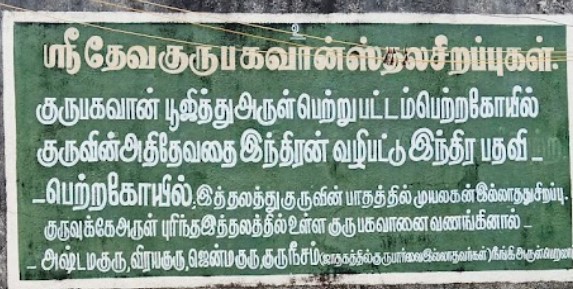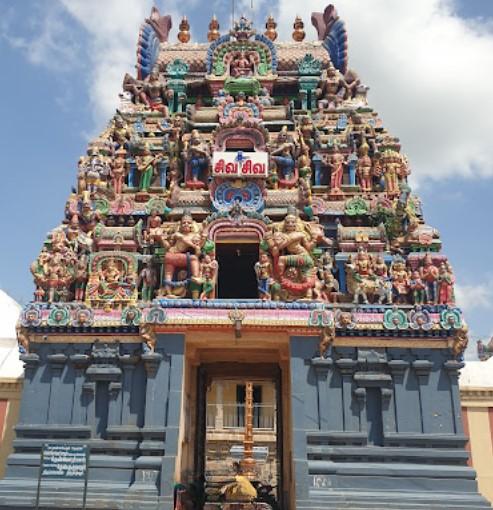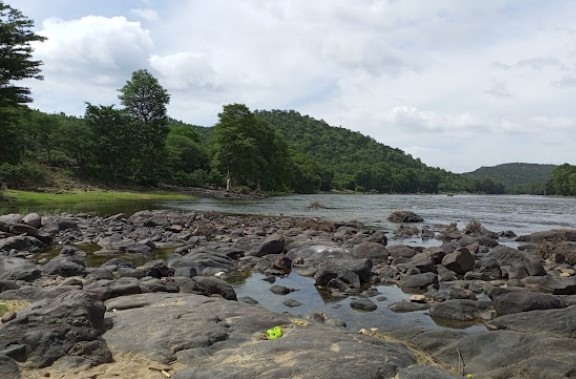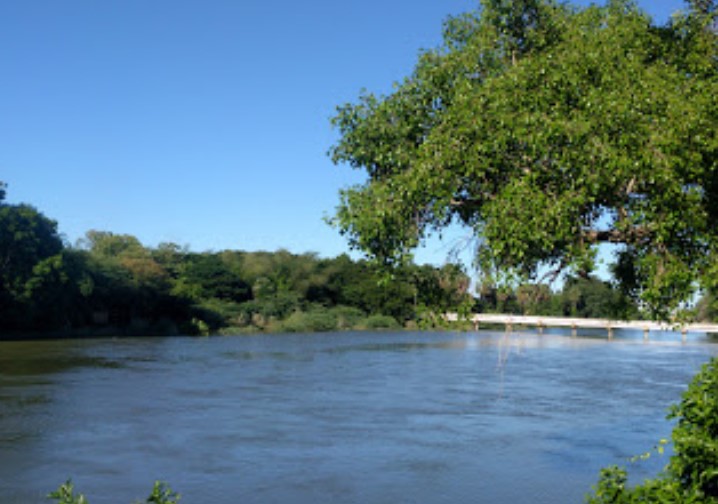
The Deva Pureeswarar Temple is the 202nd Devaram Paadal Petra Shiva Sthalam and the 85th sthalam on the south side of the River Kaveri in Chozha Nadu. This temple is one of the 78 Maadakovils, constructed on an elevation by King Ko Chengat Chozha to prevent elephants from entering the sanctum.
Mythology:
The temple’s name, "Deva Pureeswarar," stems from the legend where the Devas worshipped Lord Shiva to be cleansed of Brahmahathi dosham after Indra killed the demon Vritrasura, which caused a sin to afflict all Devas.
Lord Shiva blessed them at this site, earning the titles Deva Gurunathar and Aadhi Deekshiram Udayar.
Cultural Importance:
The temple has been praised in hymns by the Nayanmars, notably Appar and Sambandar.
It is frequented by unmarried individuals and those seeking children, drawing devotees for its spiritual significance and blessings.
PURANIC SIGNIFICANCE:
Thiruthevur:
According to Hindu mythology, the Devas worshipped Shiva at Thevur to rid themselves of the sin of killing Vruddhasura. Hence this place got the name Thiruthevur.
Ramayana Connection:
The temple is also associated with the legends of the Ramayana. Ravana fought with Kubera and robbed him of his pots of wealth. Kubera set out on a pilgrimage to get back his wealth. He worshipped Lord Devapureeswarar in this temple with Red Lotus flowers on a Friday at Shukra Hora time – 6.00 a.m. to 7.00 a.m. and 12.00 a.m. to 1.00 p.m. are Shukra Hora time on Fridays. Pleased with his worship, Lord helped Kubera to get back his wealth robbed by Ravana, according to the Sthala Purana. Sthala Purana says by worshipping Lord Siva here one will get back their position and wealth which they have lost.
Mahabharata Connection:
As per the Mahabharata, Virata worshipped Shiva at the temple along with his daughter Uttara.
Devagurunathar:
Brihaspathi, the Guru of the Devas, worshipped Shiva here; hence the deity is called Devagurunathar. So there is no Muyalagan seen under the legs of Deva Guru.
Sthala Vriksham:
It is said that the Kal Vazhai came down from the Devaloka and remained near the Lord as the sacred tree of the temple. This grows on stones.
Gautama worshipped Shiva to help people from Drought:
Sage Gautama worshipped Lord Shiva at this temple, offering his own Linga, to seek divine intervention during a severe drought. His prayers were aimed at alleviating the suffering of the people affected by a prolonged famine, demonstrating his deep commitment to the welfare of humanity.
Kulavardanan completed his Yagna with the blessings of Lord Shiva:
According to the Sthala Purana, King Kulavardanan of Magadha successfully completed his yajna with the blessings of Lord Devapureeswarar. This act signifies the temple's importance as a site of spiritual fulfilment and divine grace.
Notable Worshippers:
The temple has been revered by several esteemed figures in Hindu mythology, including:
Indra: The king of the Devas.
Kubera: The god of wealth.
Kal Vaazhai: A celestial being associated with prosperity.
Guru Bhagavan: The preceptor of the gods.
Virata: A significant character in the Mahabharata.
Uttara: Another notable figure linked to the temple.
Surya: The sun god.
Connections to the Ramayana and Mahabharata
The temple’s sthala puranam is also linked to significant events from the Ramayana and Mahabharata:
- Kubera's Worship: Similar to the narrative at Keezh Velur, Kubera worshipped at this temple after losing his wealth to Ravana. His devotion not only restored his riches but also blessed him with his consorts, Sanga Nidhi and Padma Nidhi.
- Hanuman's Prayer: In the Ramayana, upon returning from Lanka, Hanuman offered his prayers to Lord Shiva at this site and received His blessings. The temple features a separate shrine for Rudra Anjaneyar, who faces south toward Lanka.
- Virata and Uttara: In the Mahabharata, King Virata and his son Uttara worshipped Lord Shiva here during the Pandavas’ incognito year of exile. It is believed that Uttara later established a nearby temple dedicated to Shiva, known as Uttaresamudaiyar.
Legends and Mythological Significance
Sthala Purana:
The temple's name originates from the Devas worshipping Lord Shiva to cleanse themselves of the sin incurred by Indra's killing of the demon Vritrasura. As a result, Lord Shiva is revered as Deva Pureeswarar.
Connections to Epics:
Ramayana: Kubera worshipped here after losing his wealth to Ravana and was blessed with riches and consorts. Hanuman also prayed here upon returning from Lanka.
Mahabharata: King Virata and his son Uttara worshipped Lord Shiva during the Pandavas' incognito year of exile.
ADMINISTRATION:
The administration of temples in Tamil Nadu, including the Deva Pureeswarar Temple, typically falls under the Hindu Religious and Charitable Endowments Department (HR&CE) of the Government of Tamil Nadu. This department oversees the management, maintenance, and financial affairs of temples in the state.


